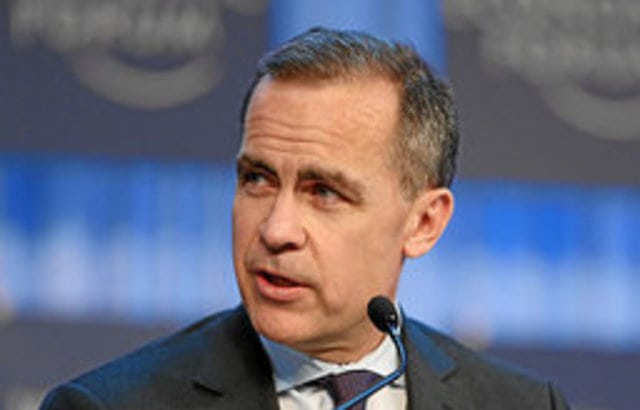Well accustomed to pricing-in central bank policy before it is announced, the market has put the likelihood of a 25 basis point (bps) rise at 90% certainty. Where opinion differs however, is over when and how quickly the bank will bump rates from here on and how that affects markets.
It has been a decade since the last rate rise in 2007 so it has been a long time coming. Some are suggesting it will be a ‘one-and-done’ rise to counter last summer’s cut in the wake of the Brexit vote, but it could also spark the beginning of a tightening cycle.
Damaging to economy
If the banks opts for the latter option, Rathbones head of multi-asset investments David Coombs warns it could be “damaging to an already fragile economy”.
“UK GDP growth has been steadily revised down and currently sits at 1.5%, the lowest level since 2013,” he adds. “Real wage growth is negative, the housing market has softened and business investment has been listless – there seems to be little left to inject some life into the economy.”
Coombs also accuses the BoE of “being behind the curve”, saying it should have raised rates years ago when economic growth was stronger.
He adds: “Doing it now could be devastating to income-producing assets in the UK. It seems like Mr Carney’s rhetoric is aimed at bolstering the pound and thereby reducing cost-push inflation. But if he fails we could have even greater inflation and a recession at the same time.”
As a result, Coombs’ portfolios remain “very underweight the UK”.
Andrew Herberts, head of private client investment at Thomas Miller Investments, says because a rate hike is so widely expected, if it were not to happen then it would undermine the bank’s credibility with investors.
“With a hike in itself not being a surprise, attention will focus on accompanying commentary as investors try to assess the direction of future policy,” he adds. “The fact that the time lag between a rate rise and any measurable impact on the economy is six to 12 months means that the bank does not have the luxury of a ‘wait and see’ approach to monetary policy.
“This would guarantee it being behind the ball, making the bank’s view on the causes and direction of inflation key.”
Where next?
In terms of where next, the market is pricing another 25bps by August 2018 and a 50% probability of another such hike by March 2019.
But for Paul O’Connor, head of multi-asset at Janus Henderson, the BoE’s economic projections that accompany the rates decision will give further clues as to the direction.
“Attention here will focus on the longevity of the projected inflation overshoot above the bank’s 2% target and the implied need for additional monetary tightening,” he says. “Beyond this, the language of the statement will be finely scrutinised for any guidance about the future path of interest rates.”
Article continues on next page…










